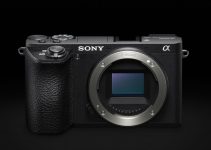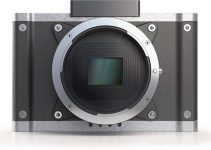Panasonic is making some serious improvements with their latest cameras though I think I can summarize the biggest point: phase-detect AF.
After years of people asking for upgraded AF we finally got a couple mirrorless models that have the feature. The S5 IIX was the first to get phase-detect AF with its full-frame sensor but now it is time for Micro Four Thirds to join the party with the G9 II.
Even though the G9 series has targeted photographers, the G9 II ups the ante for video as well. Now, Panasonic fans can choose either full-frame or Four Thirds for their next system. If you want to see how they compare you should watch this video from Sam Holland.
Before we even get into the video we get a nice little blind comparison. Can you tell the difference? It’s subtle and you have to know what you are looking for to tell, but overall these are both looking great.
Looking at both cameras they actually look very similar. The design and construction are similar even though the formats are very different.
The S5 IIX is part of the newer full-frame lineup while the G9 II holds the line for Panasonic’s Micro Four Thirds system. Looking at the sensors next to each other you can see just how different these two formats are in size.
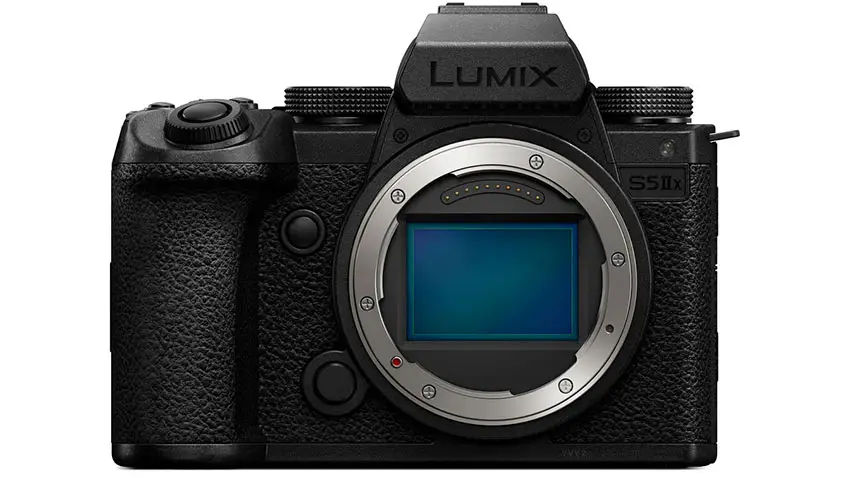
Image Credit: Panasonic
Autofocus
Might as well start with the biggest new upgrade: phase-detect AF. Though the core update is similar for both—new sensors with phase-detect points – the G9 II actually gets some fancier modes in it that haven’t found their way into the full-frame models.
The G9 II modes include animal body and eye autofocus as well as car and motorcycle recognition. The camera will recognize all the cars in the shot and allow you to pick which one to focus on.
Besides that, both cameras have good autofocus so you can’t really go wrong either way.
Color
Interestingly, even though both cameras are relatively new, they don’t have a perfect match when it comes to color rendering. The S5 IIX has a slightly warmer look (which Sam actually prefers) while the G9 II has a slight pinkish hue and cooler tones.
This is really just a preference thing and you can likely bring them into post and get them close. You do have V-Log on both with some extra color options in the menu.
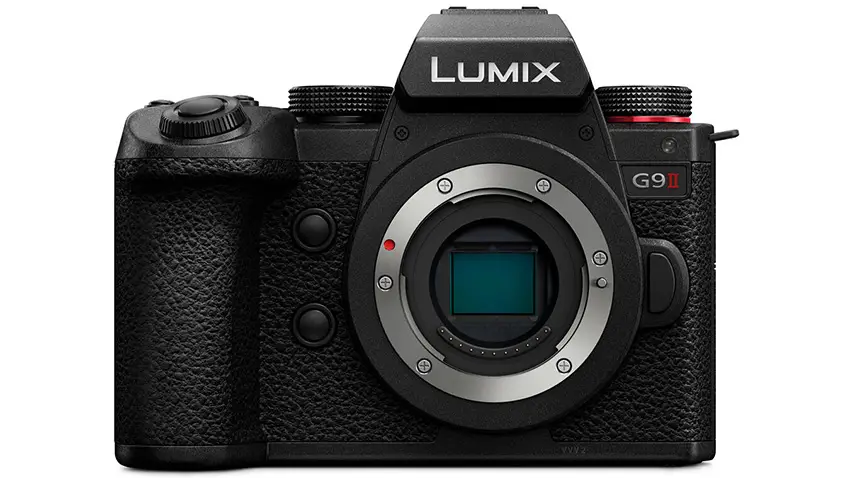
Image Credit: Panasonic
ISO
Low-light shooting is where you will often see a difference between full-frame and Four-Thirds cameras. The S5 IIX has a dual native ISO of 640 and 4000 while the G9 II has a single base ISO of 500. The S5 IIX is going to be a lot more flexible in a lot more shooting scenarios than the G9 II.
Noise will start showing up much faster on the G9 II. In the quick tests, you can see that the upper limits of the ISO are quite noisy and much lower than on the S5 IIX.
You do get some new color profiles on the G9 II, including Leica Monochrome which is a nicer black and white option.
Both do offer user LUT functionality and can bake in those looks.
Resolution and Codecs
Both cameras do share resolutions even with the different sensors. They can shoot at up to 5.7K with a variety of frame rates. And when you lower the resolution you’ll get even more options. You can even record ProRes to an external SSD via the USB-C port.
One separating feature is the S5 IIX will actually let you record in full 6K open gate. This gives you the entire sensor area to record. This can be helpful if you want more room to crop or do multiple aspect ratios later on.
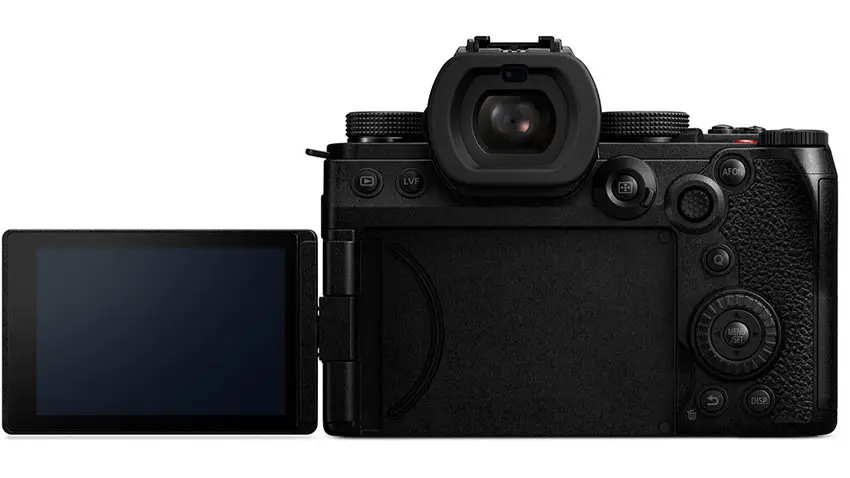
Image Credit: Panasonic
Slow Motion
The G9 II does have some additional options for slow motion. It’ll do 4K at up to 120 fps and Full HD up to 240 fps. The full-frame S5 IIX is limited to 4K up to 60 fps and even then there will be a crop. The G9 II isn’t perfect either since at those top frame rates you will lose some autofocus functionality.
Stabilization
One thing where Micro Four Thirds has actually been doing some incredible work is stabilization. The smaller sensor is much easier to perform stabilization with and it shows. With the G9 II the stabilization is incredible.
That’s not to discount the S5 IIX. The camera has good stabilization and it is only in comparison with the G9 II that you can see that it is a little behind.
The boost mode will even give you a tripod look while shooting handheld. And electronic stabilization can give you a little benefit but not in all situations. A bit more movement can result in more jello effects.
Rolling Shutter
When it comes to rolling shutter the G9 II seems to look a bit better. This is likely due to a slower readout speed on the larger full-frame sensor and this isn’t surprising. That’s not to say that either is bad. It is still noticeable with pans.
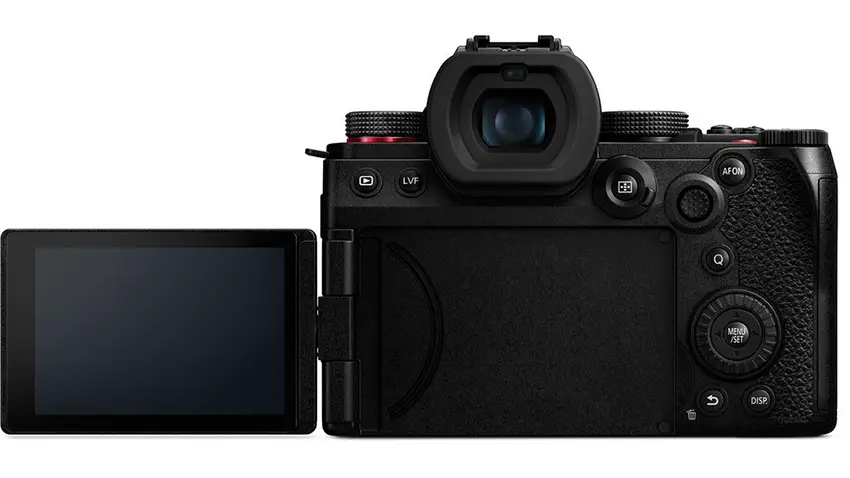
Image Credit: Panasonic
Overheating
A big advantage to the S5 IIX is that it has a built-in fan. This means you can basically record for as long as your battery or media will allow.
The G9 II will hit a limit after some time due to thermal management. In normal mode that meant an hour to an hour and a half with the G9 II. That’s still usable for everyday use but maybe not if you were planning on setting this up and leaving it to record for a while.
Conclusion
It seems like you can’t go wrong with either camera after this comparison. If you are still stuck between the two you should consider Micro Four Thirds as the smaller and more budget option.
Since it has been around a bit longer you can find a lot of adapter and affordable glass for it. If you already shoot MFT then it might make sense to stick with the G9 II.
There are some obvious benefits to the S5 IIX though, especially if you are looking for more professional cinema features like open gate recording and a fan to prevent overheating for long shoot days.
It is a newer system but it seems like that is where a lot of attention is going these days so it might be a better investment long term.
Sam would go for the S5 IIX if he didn’t have any other existing camera system because he prefers the full-frame system. If he already had Micro Four Thirds he would still consider switching to full-frame now anyway. If you are super heavily invested in MFT then you might still want to consider the G9 II.
Which camera would you pick?
[source: Sam Holland]
Order Links:
- Panasonic Lumix S5 II Mirrorless Camera (B&H, Amazon)
- Panasonic Lumix S5 IIX Mirrorless Camera (B&H, Amazon)
- Panasonic Lumix G9 II Mirrorless Camera (B&H, Amazon)
Disclaimer: As an Amazon Associate partner and participant in B&H and Adorama Affiliate programmes, we earn a small comission from each purchase made through the affiliate links listed above at no additional cost to you.
Claim your copy of DAVINCI RESOLVE - SIMPLIFIED COURSE with 50% off! Get Instant Access!



